A SUSTAINABLE FUTURE
EXISTING IN BALANCEMichaela Larosse
Circularity is the keyMichaela Larosse and Lucas Borja started #GoCircularNow with a mission: to bring consumers into the conversation around the circular economy – the fundamental systematic shift in the way we use resources that is a crucial issue at policy and business level worldwide.
Enabling consumers with information and insight is key to speeding up the transition to a circular economy, says #GoCircularNow. Nick Rice meets Michaela to discuss how established brands must work harder to rethink the way they operate by making circularity fundamental to their business model, and take inspiration from the innovators already operating under its sustainable zero waste principles.
What is the mission of #GoCircularNow?
#GoCircularNow (gocircularnow.com) is a consumer-focused platform dedicated to enabling the transition to a circular economy by informing consumers about circular brands, innovations and news. It advocates for a more sustainable way of living and consuming that’s realistic, affordable and simple to incorporate.
Currently the circular economy is being discussed at government policy level or by stakeholders in the business world. No one is engaging regular consumers on what it means for them to participate in this global systematic shift in the way we consume resources. We felt it was time consumers were brought into the conversation in language that takes the topic away from its ‘eco-bubble’, while bringing it to their attention in a way that’s meaningful and relevant to their daily lives.
Can you tell us about your prospective startup?
We have been selected to participate in this year’s edition of Climate Launchpad, the global initiative for green business solutions. Climate Launchpad is a competition that occurs simultaneously across numerous cities around the world and functions much like a startup incubator. The selected initiatives from each city will then compete against one another in a global final.
Our startup idea focuses on creating a platform that facilitates the circular economy for brands, while giving them a revenue stream to incentivise circular activities. We want to shift brand’s focus away from the constant use of raw materials to sell new products, towards extending the life of goods that already exist. This relentless creation of goods that are wasted and end up landfill just can’t continue. If brands begin to think differently about the way they treat their inventory, and encourage consumers to do the same, we can begin to tackle the global waste problem at its source.
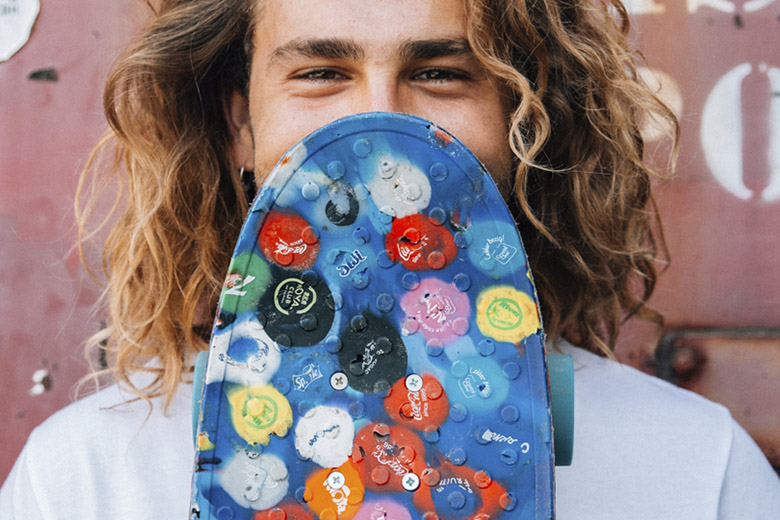
“If brands want to future-proof their business, the time to affect change is now.”
Luxury brand titans such as Chanel, Gucci, and conglomerates like the Kering Group, want to be aligned with sustainable values. Is it more than mere greenwashing and why has it taken them all so long to embrace life and death environmental issues?
Sustainability has to be more than this year’s buzzword. By that I mean brands from luxury through to the high street must treat sustainability as much more than a PR exercise and fundamentally insert its tenets within their business model. To do this would mean an honest appraisal of where they are failing in terms of sourcing materials, wasting resources, the kinds of suppliers they engage, and how their goods are designed – in a circular environment, waste is a design flaw. Big brands have the scale and financial clout to really impact our world for the better in the way they operate, but up until recently they haven’t felt significant pressure to implement change.
There have been a few reports recently about luxury brands that have highlighted shockingly wasteful practices, and they have really opened consumer’s eyes. They were achieving profit margins despite environmentally and ethically toxic behaviours and were getting away with it for far too long. The sustainability momentum is there now, and with continued media and consumer attention brands will continue to evolve for the better. Younger consumers in particular don’t buy into the status quo. If brands want to future-proof their business, the time to affect change is now.
There are some great working examples of luxury brands operating within the circular economy that are committed to being change-makers within the sector. One that comes instantly to mind is Elvis & Kresse, makers of handcrafted leather accessories created entirely from rescued materials. They’re currently engaged in a 5-year partnership with the Burberry Foundation so they can utilise the leather off-cuts from Burberry’s pattern cutting processes that would normally end up on the factory floor. Elvis & Kresse’s modular approach allows them to create bigger interlocking sheets of leather made up from this ‘waste’ and gives them the material needed for their own designs. It’s a great collaboration that a lot of luxury entities could learn from.
“Luxury has always been a work-in-progress.”
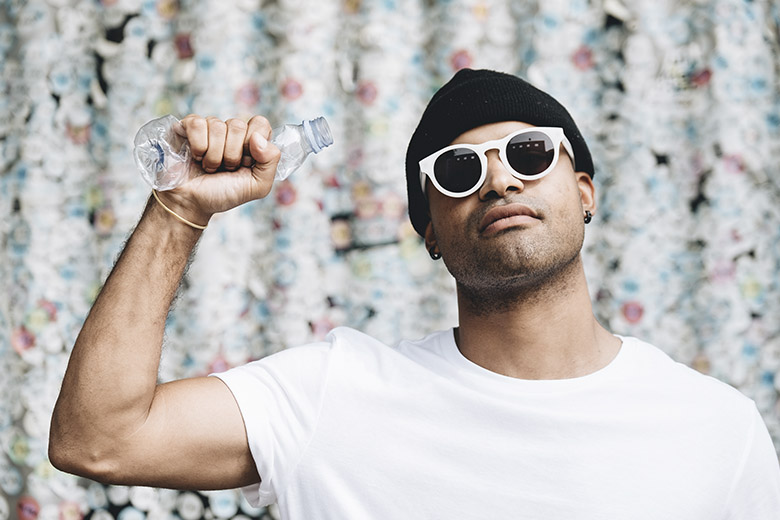
Have you noticed an evolution in the concept of luxury?
Luxury has always relied on surrounding context to be expressed. What we define as luxury now, such as an expensive but perhaps unnecessary item, might not be what we consider as a luxury in the future. If fresh water becomes scarce for example, then a simple glass of untainted water will be a luxury. For some people owning a pair of shoes is still a luxury. So, I guess luxury has always been a work-in-progress, and society will determine how it manifests at a given moment in time.
You work with many startups and entrepreneurs creating ingenious sustainable products. In a world that can often seem doomed, what gives you hope?
I’m always inspired by the circular economy-focused brands I interview for #GoCircularNow. They’re usually small entities built around a strong mission and purpose that are leading the charge in terms of how business needs to behave for a sustainable future. Because of their size, they’re able to innovate and move with a speed and agility big brands can only dream of, and they’re paving the way and providing working examples of how business can thrive – and big brands are definitely taking note. They are what gives me hope. There’s a groundswell of change happening, and we want to engage consumers in stories of how things can improve for the better. Change is possible and companies out there are making it happen right now. We need to get more stories of positive and passionate innovators out there, it’s too easy to become mired in a pessimistic narrative.
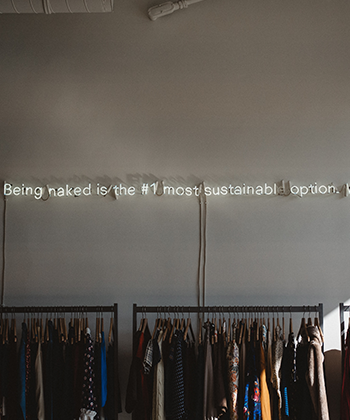
“We need to change our relationship with goods into something we consider an investment.”
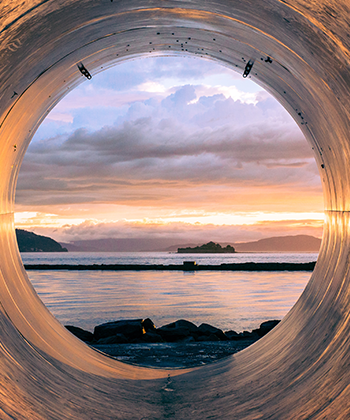
The circular economy is often cited as a model which all industries should adopt in order to restore what is left of the biosphere and avoid irreversible climate catastrophe on a global scale. How does the circular economy work, and will it save us?
Put simply, the circular economy functions by mimicking the behaviour of the planet’s ecosystem, that is, via a continuous natural cycle that avoids waste. Our planet is regenerative, so when a plant dies for example, it falls back into the soil to become fertiliser that allows new plants to grow, and this cycle continues in perpetuity.
The circular economy applies this model to business. Waste becomes a resource and should feed back into the system to create new goods or services, instead of relying on the ‘take-make-waste’ model we’ve become used to in our current industrial practices. We can’t just keep extracting stuff from the planet and treating it like it’s a never-ending source of abundance. Our natural resources are almost depleted due to this way of operating.
When we look at consumption historically, the rampant wastefulness we see now is a pretty recent phenomenon. There used to be a phrase – ‘waste not want not’ – that defined the attitude of previous generations. In fact, many societies across the world today just can’t afford to be wasteful. In developed economies, we’ve become used to waste as a way of operating but have ignored the huge strain it puts on our planet and its resources. The circular economy isn’t a silver bullet for these issues by any means, but it’s a way of operating that can begin to turn things around for the better. It’s a framework that business can operate within that helps it really assess how it can behave for the better, in a way that will positively influence its bottom line. Every business can benefit from avoiding waste and its associated impacts.
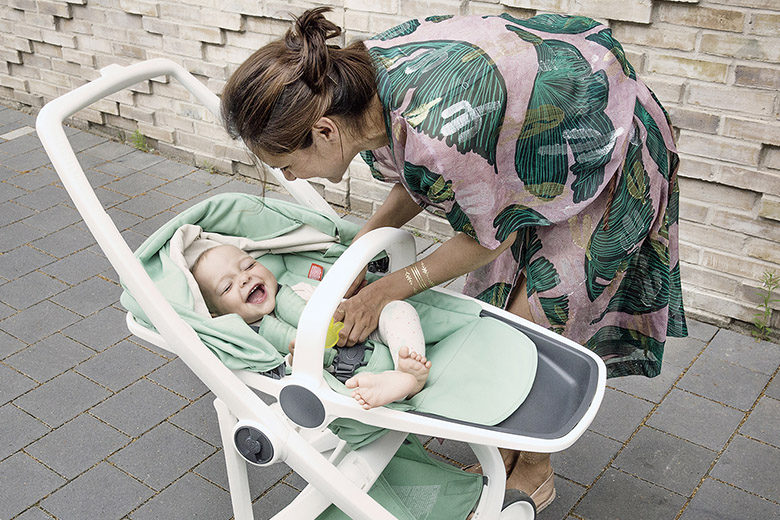
The transition towards a circular economy is estimated to represent a $4.5 trillion global growth opportunity by 2030, but what are the major barriers to circular thinking and acting?
The circular economy requires a change of mind-set from all stakeholders. It’s a systems approach to behaviour that requires all components in the system to shift the way they operate. This transition, as you can imagine, will take a while. The capability is there but time is of the essence and we need to get things rolling as soon as possible. But change is happening right now, particularly across the EU, and business is currently highly attuned to the conversation. History is littered with examples of companies that failed due to a lack of innovation or inability to evolve with changing times. No one wants to end up as the example used in business schools in a few years’ time of what not to do.
What are some of the most immediate and effective actions people can take towards being more circular?
People should take care of the goods they already own and invest in extending the life of products they already have. If they need to buy new and can afford to buy better, then they should do so. By that I mean purchasing products made from good quality materials that have been designed to last – brands have a lot to do here to help them with that task. They should think about cost-per-use as a way of determining whether something is worth buying. There’s no point buying something cheap if you only use it a couple of times and then it falls apart. It’s a waste of their hard-earned cash and works out more expensive in the end, despite the initial low price point. They can think about buying used or refurbished goods, which are generally perfectly functional with minor flaws. We need to change our relationship with goods into something we consider an investment, rather than items we’ll dispose of. Careful ownership can add value and that could be something that brands can think about incentivising as a way to extend the lifespan of their inventory.
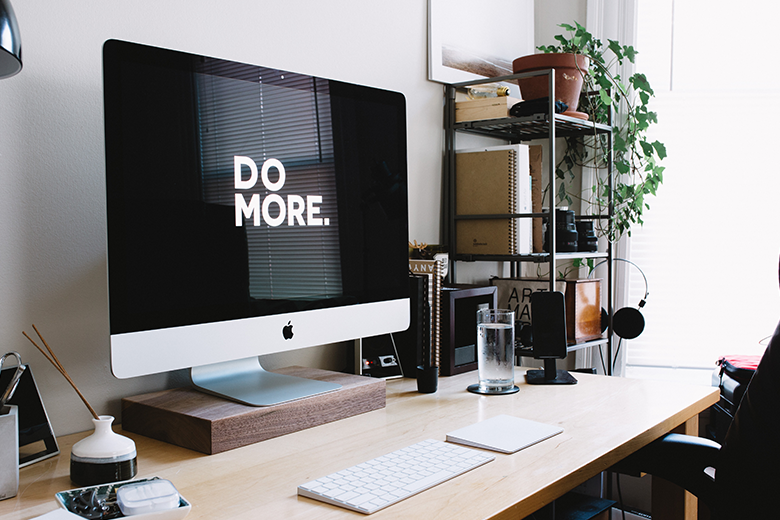
Can the fashion industry really ever class itself as sustainable, since it’s always about consumption?
I’m not sure this just falls on the fashion industry as all sectors are about consumption, but fashion certainly needs to radically address its toxic behaviours. It’s certainly one of the industries most referenced when commenting on wasteful practices.
According to industry forecasts, the fashion resale market is set to double in the next five years, and consumers are driving that change. Used or vintage items are now not only acceptable but often preferred to new apparel. Fashion houses should review their relentless seasonal business model and see if it’s in-line with the new sustainable consumption paradigm, otherwise brands could find themselves with no customers and no business a few years down the line.
What do you think about a standardised supply chain measurement tool so garment tags can inform shoppers about their purchases’ social and environmental effects?
Standards are very desirable, but they should be enforced at the source of the supply chain. To have the end consumer make a decision between an ethically made product versus one made unethically is telling of a system that allowed people and environments to suffer in the first place. Garment tags should be a tool to hold brands accountable against their claims, and those claims should never be any less than upholding human rights and implementing sustainable environmental practices.
Vivienne Westwood says customers must “buy less” and “choose well”. Are you hopeful that how business is done will change… or is this insane metric of success that is perpetual growth going to end very badly?
I think consumer education can play a big part in how we address the sustainability issue, for all brands, including the luxury sector. With the right information, clearer labelling, and better communication from brands, they can enable their audience to make better choices. But brands must shoulder the burden of the problem they’ve created, instead of continuing to make sustainability a consumer problem. They need to take a long hard look at their supply chain and operations and avoid socially and environmentally harmful practices.
The metric of perpetual growth as a means of measuring business success is currently under discussion and gaining momentum. It’s unsustainable in so many ways. We can only wait and see if the movement towards ‘de-growth’ gains a stronger foothold.

